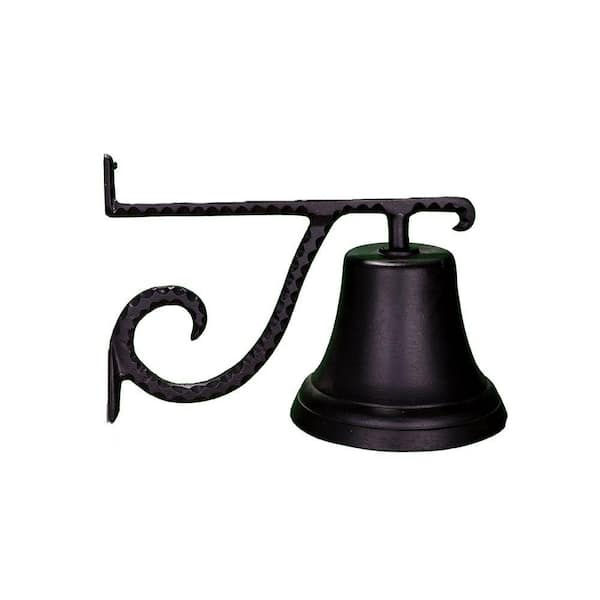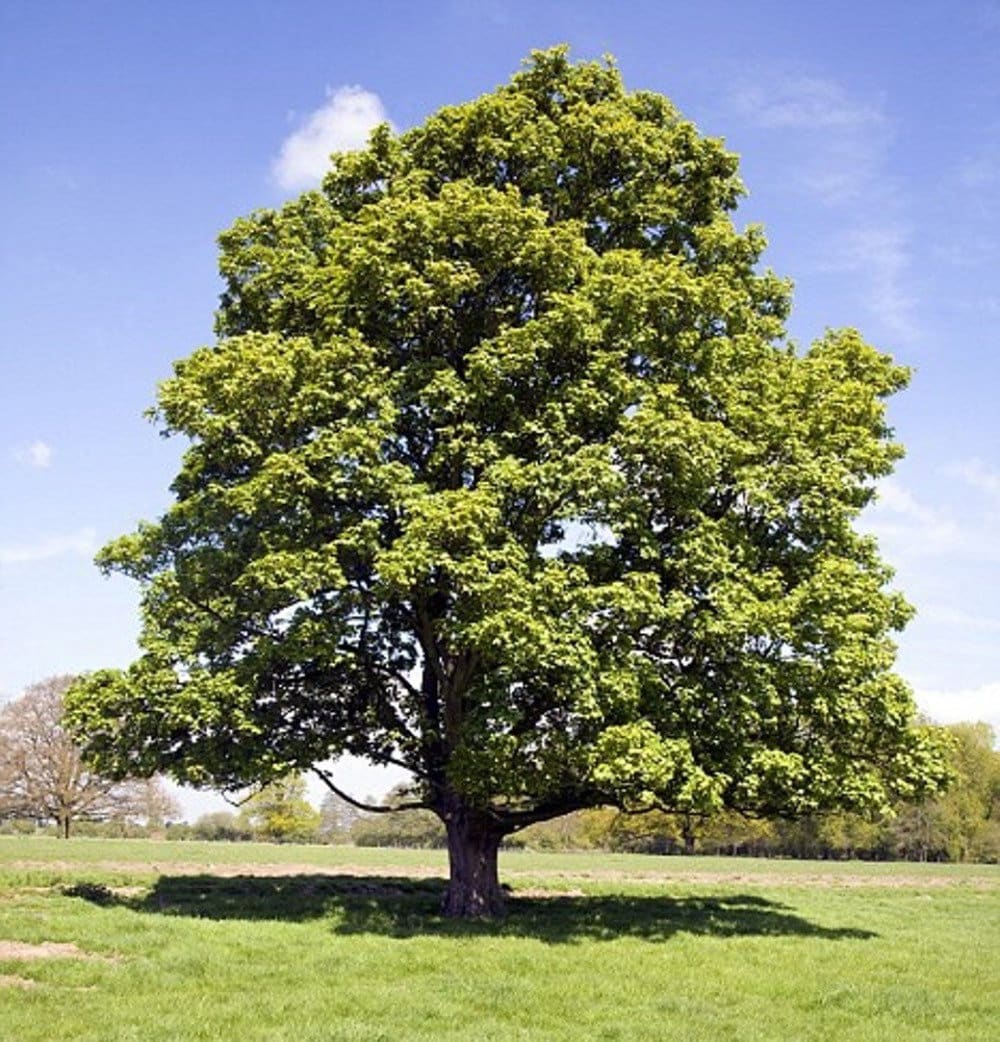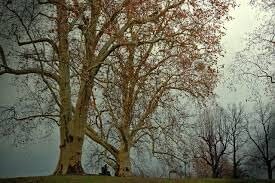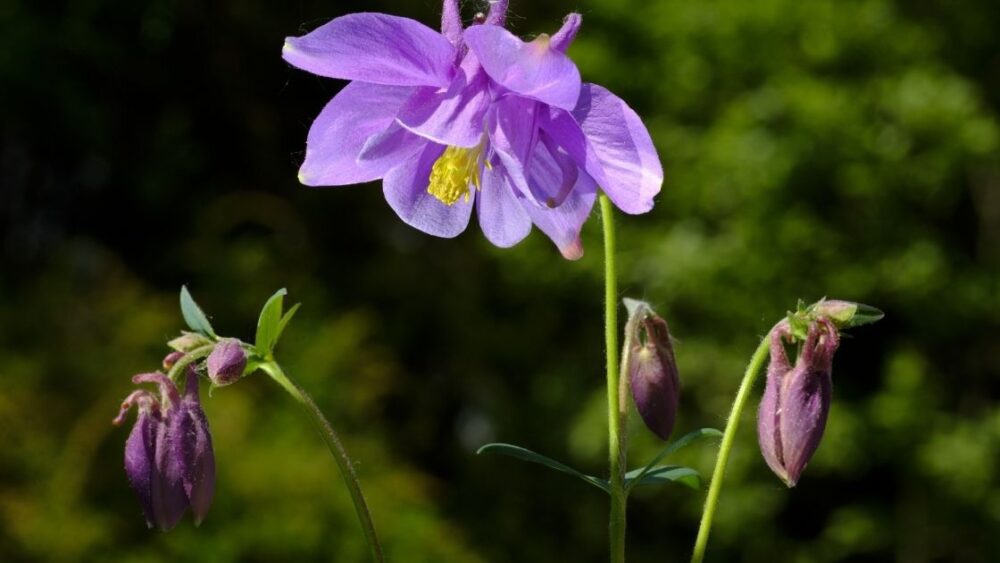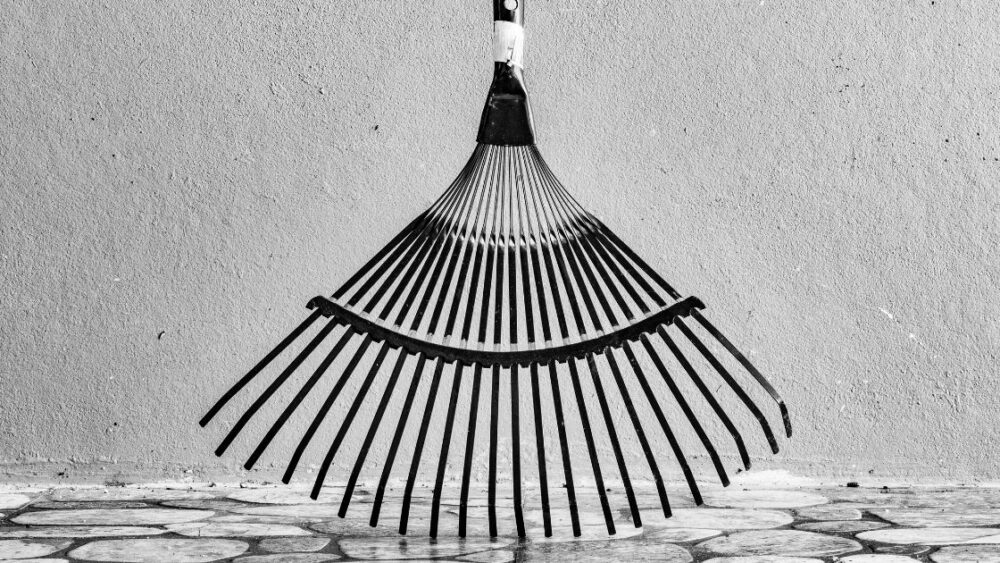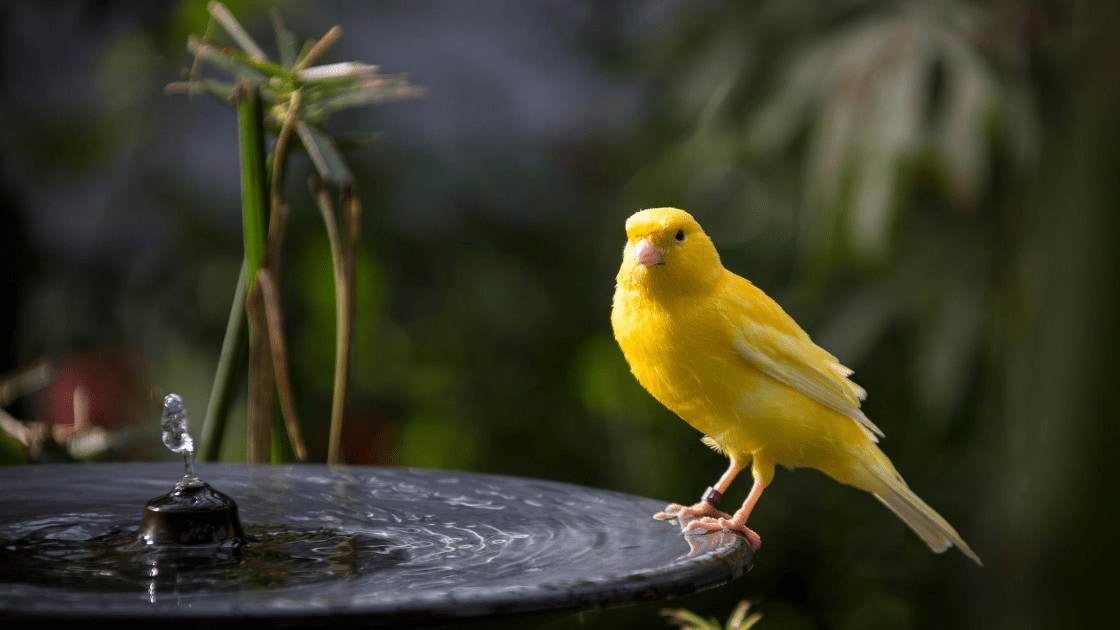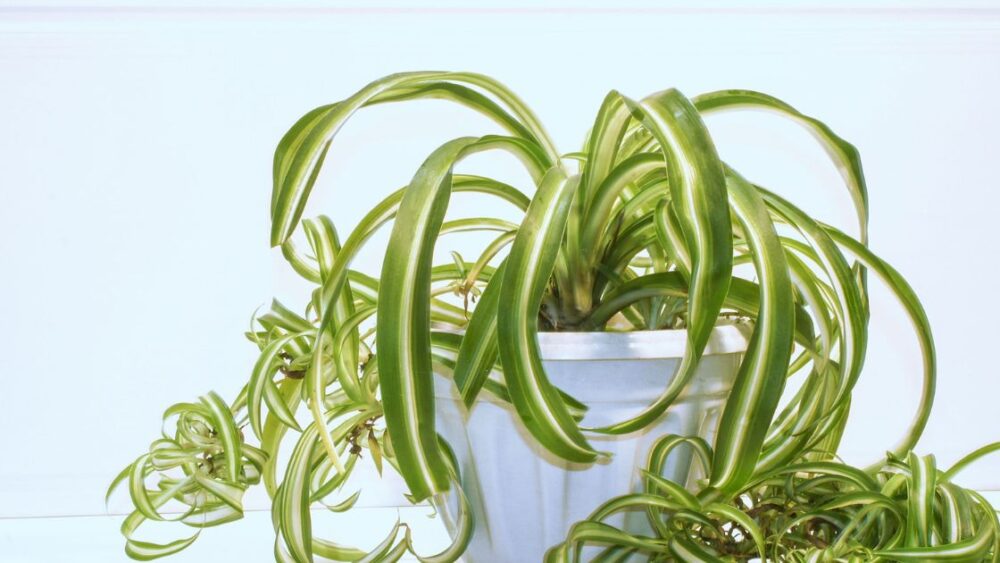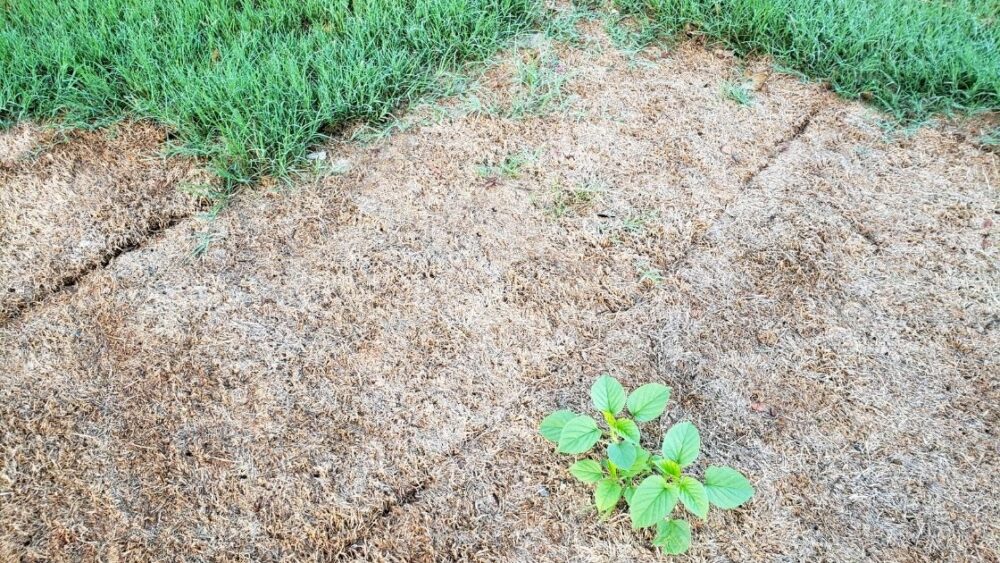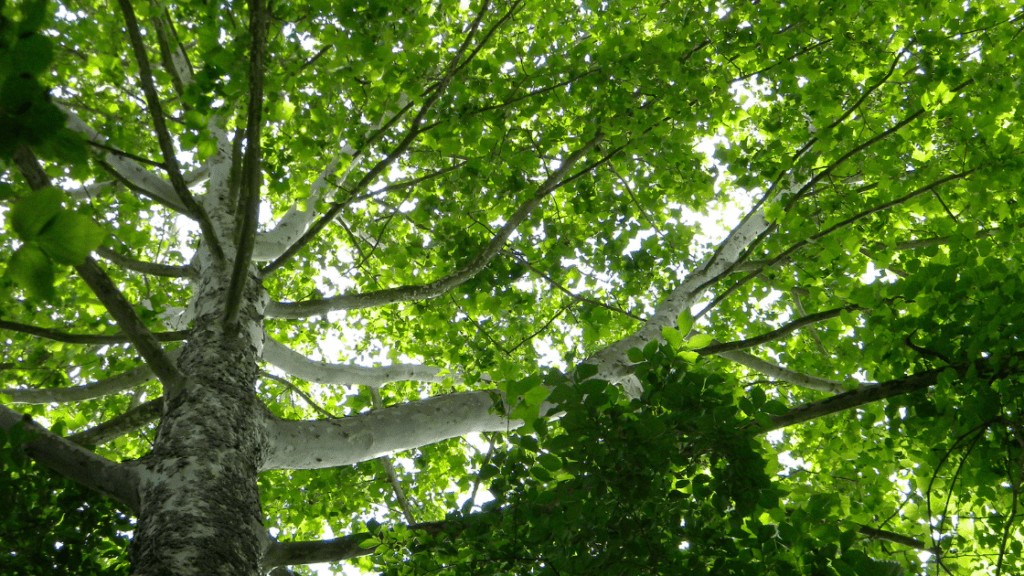
Sycamore trees can grow to be up to 40 meters (120 ft.) tall and can live for several hundred years. They are a relatively fast-growing tree species and grow at a rate of about 2 ft per year. In about 10 years, a tiny sycamore tree seedling can reach a height of around 5-10 meters (15-30ft) – up to twice as high as a regular, two-story house.
This means that planting a sycamore tree requires some prior consideration. Although any tree can be easily cut down if it becomes too tall, the same can’t be said for its root system – the roots of the sycamore tree travel at a relatively shallow depth of around 2 ft. (60 cm.) and cover a radius of around 30 ft. (10 meters) around the tree, which can sometimes cause problems for nearby buildings, pavements and water lines. In good growing conditions, the trunk of the tree can grow to be massive – up to 10 ft. in diameter.
Sycamore trees don’t have a large list of potential benefits or uses and are almost always grown just for the shade they provide.
Browse our Affiliate Products
What Exactly Are Sycamore Trees?
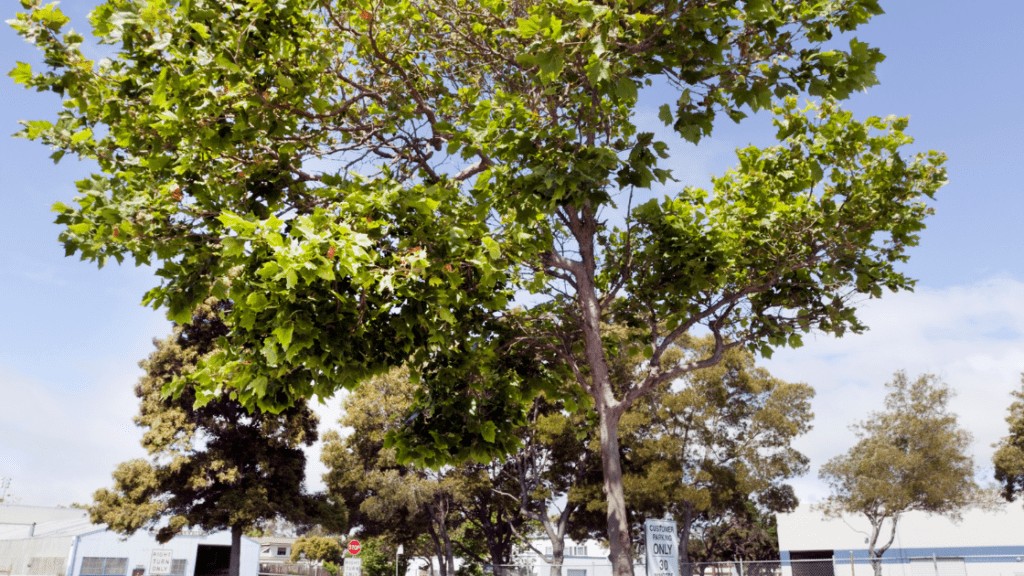
‘Sycamore’ is a general term and may refer to different tree species, depending on where you live. In the United States, the term ‘sycamore tree’ usually refers to Platanus occidentalis (American sycamore), while in the United Kingdom and most of Europe, the same is true for Acer pseudoplatanus (Sycamore maple).
Strictly speaking, the two tree species are in separate families and are only very distantly related to each other. However, at first glance, they have a very similar appearance. In fact, you may notice that the botanical name of the European sycamore contains the botanical name of the American sycamore, but with a pseudo- prefix.
The difference between the two species becomes obvious when you look at the shape of their seeds pods – the American sycamore produces large, hairy, chestnut-like pods, while the European maple sycamore produces helicopter-shaped seeds that are lightweight and rotate as they fall – just like all other maple trees.
For more information about sycamore trees, click on the links below.
wikipedia.org/wiki/Platanus_occidentalis
What Are the Benefits of Having a Sycamore Tree?
Just like all other large tree species, sycamore trees are mainly planted for the shade and comfort they provide. The American sycamore is considered one of the largest trees in the United States – it’s not the tallest, but with a spread of around 70 ft. and a trunk diameter as large as 10 ft, it’s sometimes considered the single largest tree in the eastern part of the US.
Depending on the angle of the sun, a mature tree can cast a shadow hundreds of feet long. Sycamores have a low edibility rating and no part of the tree can be safely consumed. However, there are certain medicinal compounds found in the bark and a tea prepared from it has been traditionally used as an astringent.
Disadvantages of Sycamore Trees and Potential Problems to Be Aware Of
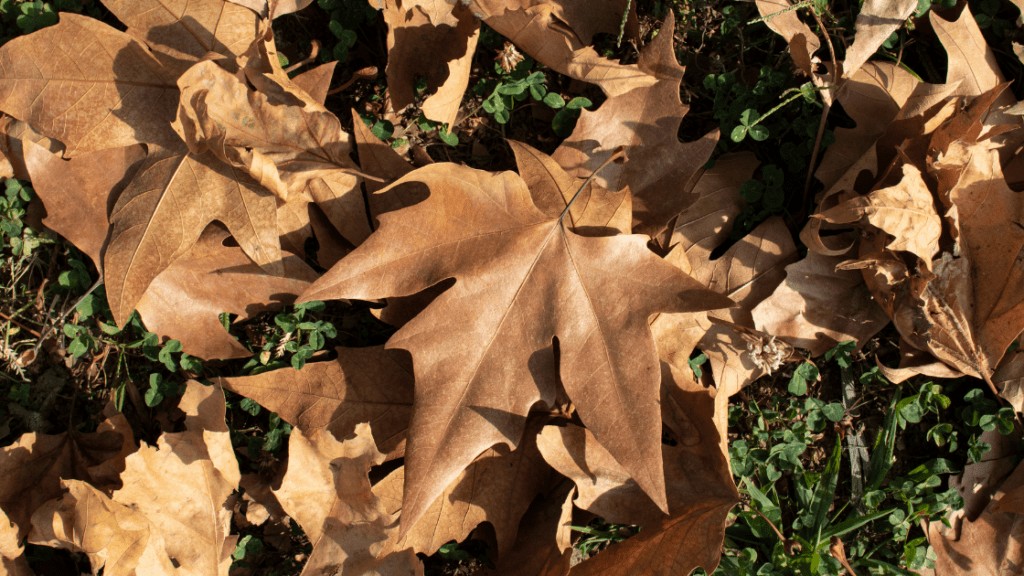
Sycamore trees have many of the same disadvantages and problems associated with virtually all large tree species – they shed leaves that need to be cleaned, they can get affected by pests and diseases and their powerful roots can cause some property damage if they are not planted far enough from houses and pavements.
Inedible
A potential disadvantage of the American sycamore tree is that it is inedible and purely ornamental. The fact that it produces large, ball-like seeds that fall on the ground, but which cannot be consumed and have to be thrown away is an obvious disadvantage.
However, as we already discussed, the tree commonly referred to as a ‘sycamore tree’ in the UK and Europe is in fact a species of maple (Acer pseudoplatanus) and is edible – the sap it produces can be turned into maple syrup and the helicopter seeds which fall from it can be eaten after you boil them.
Shedding
Sycamore trees shed a large amount of organic matter – leaves, seed pods and even pieces of dead bark. However, this is a problem associated with most large tree species. The leaves can be composted or turned into mulch, making them very useful for creating mulch layers and for fertilization of gardens.
The bark and the seed balls that fall out of the tree can also be composted or simply thrown away. Apart from producing a lot of falling leaves during the winter, the European sycamore maple will also spread a very large amount of lightweight, helicopter-like seeds everywhere.
Prone to Diseases and Pests
There are a lot of pathogens that affect the sycamore tree. Sycamores are particularly vulnerable to Anthracnose – a fungal disease that affects the leaves of the tree can completely destroy it, despite not being deadly to most other tree species. Sycamores are also affected by fungi and bacteria, which start eating the heartwood of the tree, making it hollow. While this creates an excellent winter home for squirrels and other wildlife, over time, it can weaken the tree and make it dangerous.
Problematic Roots
The roots of the sycamore tree are shallow spreading, but spread to a great distance and cover an area of around 20 ft around the tree. Because the depth at which the roots travel is the same one at which sewage systems and water lines are buried, the roots can sometimes inflict costly damages. This problem can be easily avoided by choosing a proper planting location for the tree.
Where Should You Plant Sycamore Trees?
Choosing a suitable planting location and properly spacing sycamore trees can avoid a lot of the potential problems they can cause. Planting the trees a minimum of 15-20 ft. away from your house is a good rule, especially if you plan on letting them grow for decades to come. The spacing between individual trees is usually best kept at around 30 ft.
This is not a safety precaution, but a general rule for utilizing the shading effect of the trees optimally. Because the spread of mature sycamore trees is usually around 50-70ft, planting the trees less than 20-25 ft. apart will create a region of intersecting branches, which is usually not desirable.
Sycamore trees are not picky and thanks to their extensive root structure will be able to extract plenty of nutrients even from infertile soils, and grow best in USDA zones 4-9.
What Maintenance Does a Sycamore Tree Require?
Just like all other trees, sycamore trees require some pruning, watching out for pests/diseases and cleaning up the mess they create during the fall. Sycamore trees can also grow completely unattended, but they will not develop the strongest possible structure and can be easily killed by anthracnose, or another fungal pathogen they are susceptible to. Here is a quick overview of the maintenance required:
Watch out for diseases
Almost all of the pathogens affecting sycamores affect the leaves, so watching out for any widespread browning and spots will usually be enough to alert you early enough of any possible problems. Wood rot is also easily spotted by occasionally examining the bottom part of the trunk near the soil.
Pruning
Sycamore trees usually require some pruning in order to grow properly into a regular shape. A rounded-umbrella shape is usually most desirable – apart from looking good, it ensures proper weight distribution. Without an annual pruning, sycamore trees tend to develop unevenly, favoring the side which receives the most sunlight.
Check out these tree pruning tools amazon offer below.
When pruning these sycamores, it’s always best to consult with a professional once they have gotten to a size that makes it unsafe. For example, companies like this provided everything needed to keep you safe by making sure your trees are healthy.
Watering & Fertilization
Trees in general are not really drought-sensitive, but while the sycamore tree is still young, you may want to water it occasionally. Keep in mind that too frequent watering will only lead to root rot and slow growth – you should always let the top layer of the soil dry out a bit between each watering.
A general purpose, complete fertilizer can be used to speed up the growth of the tree, but is only recommended if you suspect that the soil is poor. Adding a high nitrogen fertilizer to a rich soil can quickly lead to nitrogen toxicity and root rot problems.
Other Things To Consider Before Planting a Sycamore Tree Near Your House
Root Damage to Properties
This problem is easily avoided by planting the tree at least 20 ft away from buildings, water lines and other underground structures that can get damaged. Most commonly, the roots damage nearby sidewalk pavements and in many cases this can be unavoidable – planting the tree far away from your house usually means closer to the sidewalk. Keeping the tree smaller by regular pruning can effectively control the amount of root spread. However, for younger trees, the amount of root spread will still usually be up to 1.5 times the height of the tree.
Falling Branches and Seed Balls

This is obviously something to consider with all large trees – at some point the tree becomes too tall for comfortable pruning. At this point, it will have some weaker, dead branches that can break off during strong winds and damage a windshield or hurt someone as they fall.
The problem is solved by regular inspection for dead branches and by regular pruning. The seed balls of the sycamore tree can also fall with significant force and upon breakage, they can release tiny hairs, which can irritate the eyes and the skin. Leaving the fallen seed balls without disposing of them can attract a lot of insects and pests in your garden.
Final Thoughts
Sycamore trees are large, massive trees that can provide a lot of shade, but can also become dangerous for nearby houses, mainly because of their extensive root system. This problem can be avoided by planting them at least 20 ft. away and pruning them regularly. Sycamores are an excellent choice for urban environments, as they have no problems dealing with air pollution. The most common complaint from people who have large sycamore trees in their yards is the large amount of falling dead leaves they have to dispose of.

